Since the beginning of time, humans have discovered the miraculous yeast discovered in the process of kneading dough to make bread, turning lifeless dough into fragrant, spongy bread; or bags of fresh milk accidentally left overnight have solidified into rich cheese; and crushed grapes, after a period of fermentation, have turned into intoxicating wine. A series of applications of natural fermentation have been developed by humans intuitively, without needing to fully understand the complex microbiological mechanisms behind them.
Far beyond its preservation role, this is an ancient "miracle" that has existed for millennia, becoming the core that shapes the identity and depth of Asian cuisine. In many Asian cultures, fermented foods are not just spices or side dishes. They represent the memories of many generations, are the cultural identity of each ethnic group and are an inseparable part of daily life. Each fermented dish contains a story of ingenuity, patience and the philosophy of living in harmony with nature of the indigenous people.

Across Asia, from coastal fishing villages to majestic mountain regions, the art of fermentation has produced countless unique dishes that have become the pride of each country.
Vietnamese Nem Chua, a traditional dish with rich flavor
In Vietnam, nem chua is a distinctive pink snack with a slightly sour and slightly bubbly taste, made from minced pork, garlic, chili, sugar and rice bran – all carefully wrapped in banana leaves and left to ferment naturally.
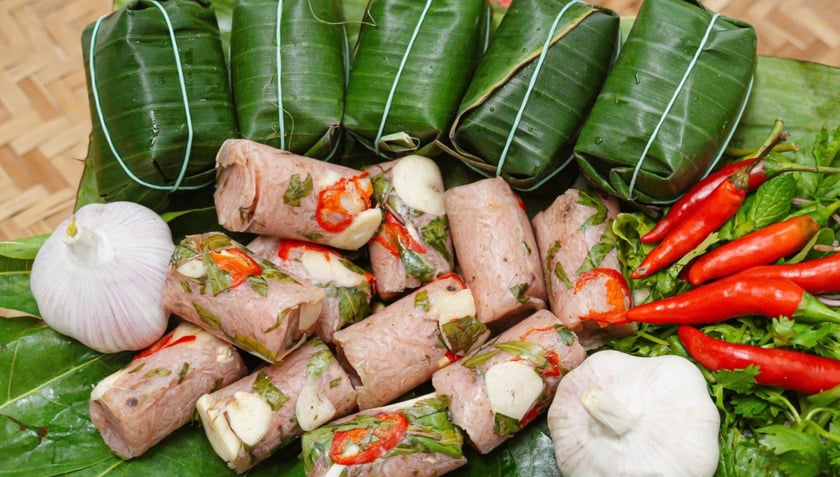
Nem chua is a traditional Vietnamese dish, made from fermented pork, has a characteristic sweet and sour taste and is often eaten raw.

Nem chua is often served with fresh chili and herbs, or can be lightly grilled to have a crispy outer shell, giving off an attractive aroma. Although it is a meat product, the fermentation process has given nem chua an interesting sourness, helping to perfectly balance the fat of the meat, making it a snack, an appetizer that is warmly sought after in all regions of the country.
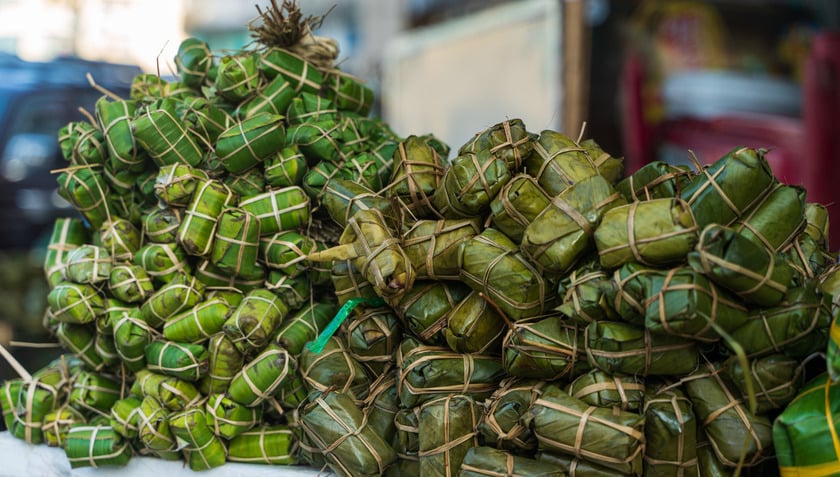
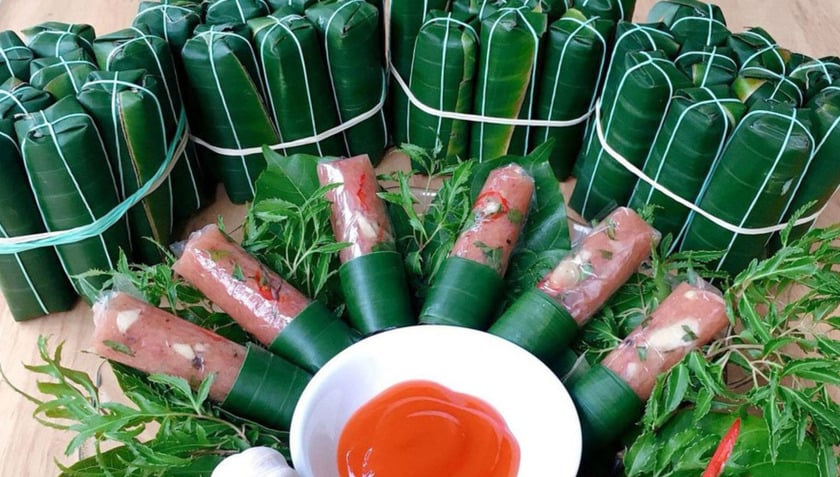
Natto fermented soybeans - the secret to longevity of Japanese people
When talking about Japan, we cannot ignore Natto - a traditional dish made from fermented soybeans. Natto has a light brown color, a strong and distinctive flavor, and a unique sticky texture. Although it may initially cause "discomfort" for those who are not used to it, Natto has the ability to cause strong "addiction" if diners take the time to try it once.
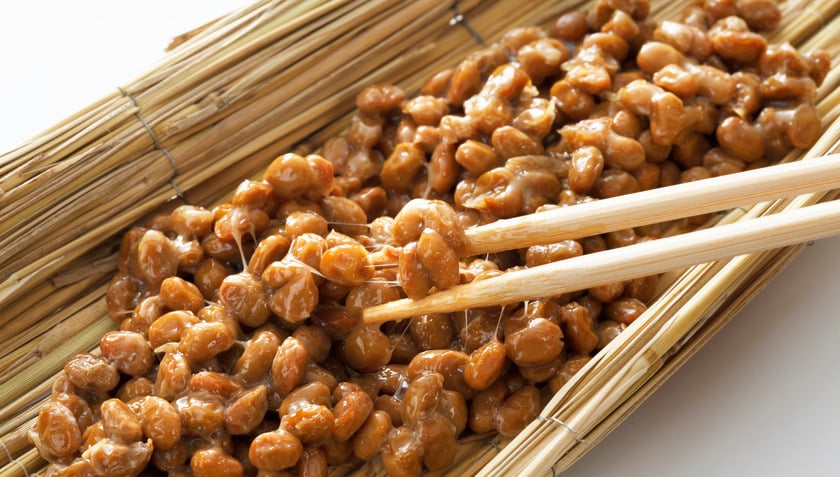
Natto is a traditional Japanese dish made from fermented soybeans.
To make this dish, after soaking small soybeans for a day, the Japanese boil them and ferment them. Traditionally, the beans are kept in straw bags, but today, the Japanese use Bacillus subtilis natto yeast (commonly known as kosokin yeast) to keep the soybeans for about 24 hours at a temperature of about 40∘C. Natto is not only a dish but also considered the secret to longevity of the Japanese, thanks to its high nutritional content and beneficial probiotics.


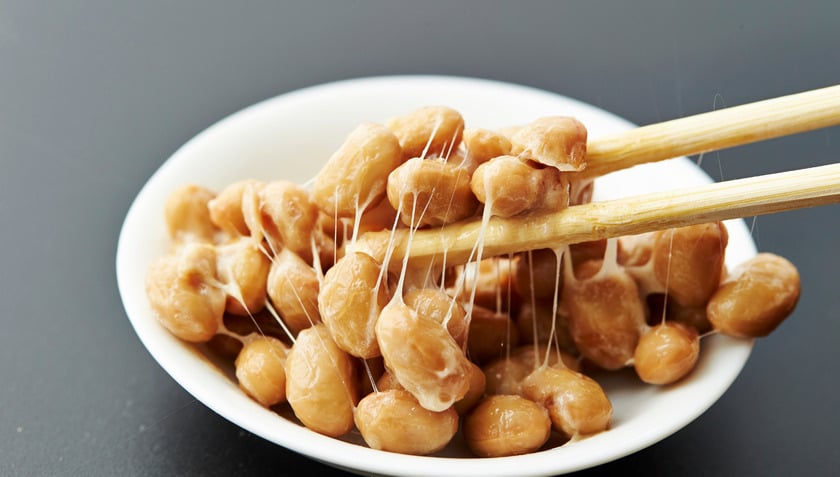
Stinky tofu - from discarded food to famous Chinese delicacy
Stinky tofu (chou dou fu) is a famous dish that many tourists want to try when traveling to China, Hong Kong or Taiwan. This is a type of tofu that is fermented for a long time in a special brine, creating a very distinctive aroma, even "unpleasant to smell" for many people. Depending on the recipe, fermentation process and time, this dish will have different levels of smell, from faint to strong, but that is what creates an irresistible appeal for culinary enthusiasts.

Stinky tofu (臭豆腐 xú đậu phụ) is a type of fermented tofu that has a strong odor.
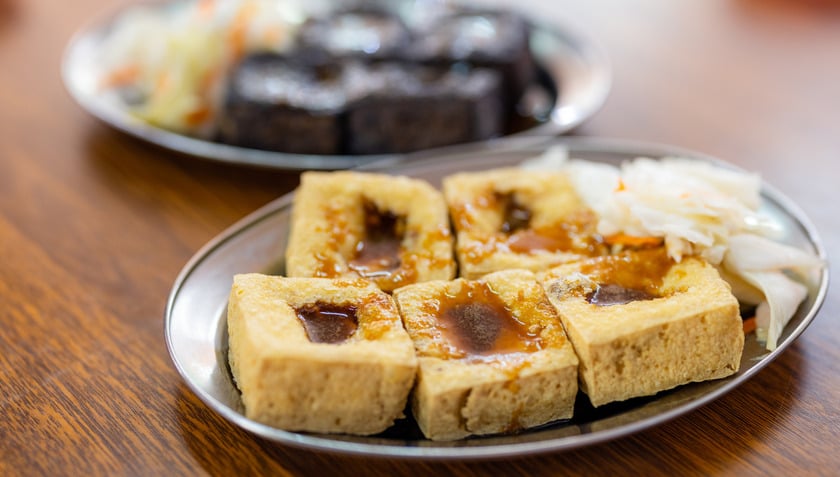

Kimchi - Legend of culinary culture, national treasure of Korea
Considered a great "cultural legend" since ancient times, Kimchi has become an indispensable dish in every meal of Korean people, being elevated to the status of a "national treasure" of cuisine. The preparation for the process of salting Kimchi, also known as Kimjang, usually takes place every month of the year and is recognized by UNESCO as an Intangible Cultural Heritage of Humanity.

Kimchi (Korean: 김치) is a traditional Korean side dish made from salted and fermented vegetables, usually cabbage and radish, and seasoned with spices such as chili powder, garlic, ginger, green onions and salted seafood.
Before making Kimchi, there are many ingredients that need to be carefully prepared. In the spring, households prepare shrimp, anchovies and other seafood to be salted and fermented, creating fish sauce and special seafood sauces. In the summer, they continue to buy salt and dry red peppers, then grind them into gochugaru powder - the ingredient that gives Kimchi its color and spicy flavor.
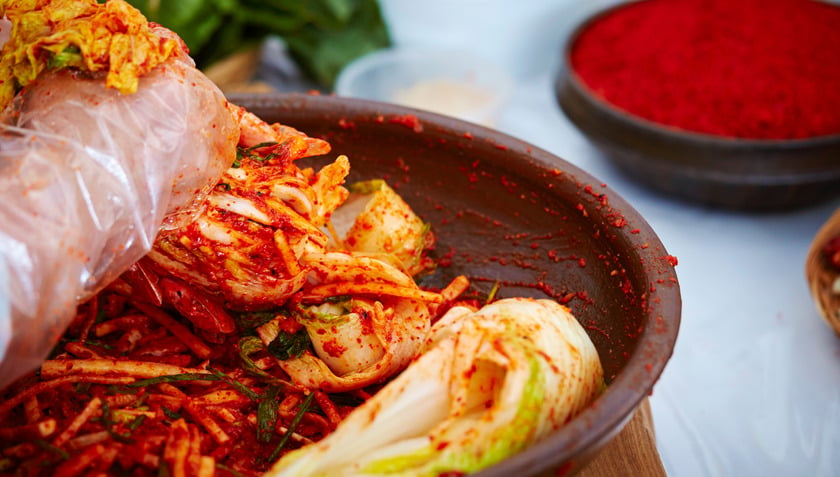
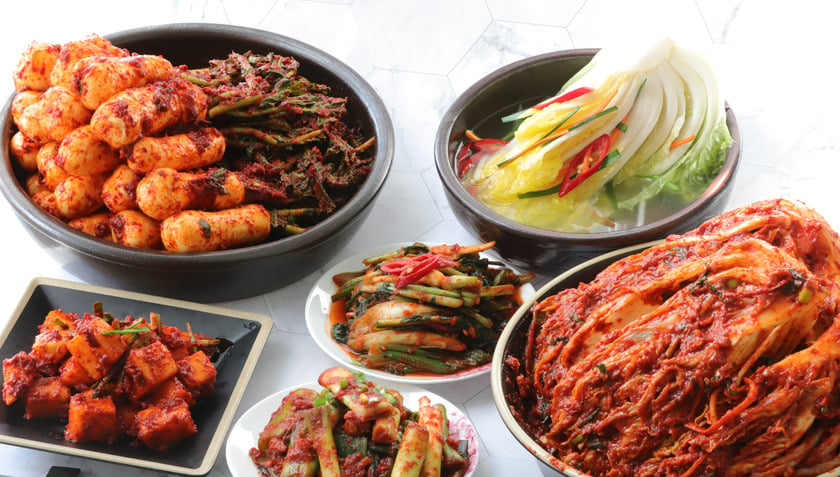
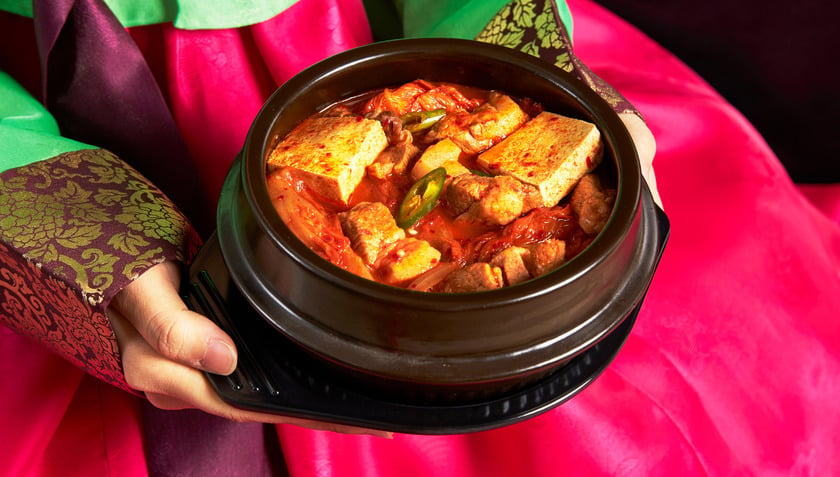
The traditional Kimchi salting process consists of three main steps: First, soak and wash the cabbage, then drain. Next, chop or crush the cabbage and prepare fresh spices such as garlic, ginger, green onions, and radish. Finally, mix the pre-processed cabbage with salted seafood and spices (chili powder, minced garlic, etc.) and put them in jars or pots and bury them in the ground or store them in a specialized refrigerator so that the fermentation process takes place slowly, creating the characteristic Kimchi flavor.
Atchara: Crispy Pickled Papaya from the Philippines
The Philippine dish Atchara originated from the Indian achar, which was introduced to the island nation through the Spanish colonial trade route. Made from shredded green papaya, carrots, bell peppers and sliced ginger, it is marinated in a mixture of vinegar and sugar to achieve a crunchy texture and a balanced sweet and sour taste. Atchara is an indispensable dish when served with fatty and rich Filipino dishes such as lechon kawali (crispy fried pork belly), longganisa (Filipino sausage) or tocino (sweet bacon), helping to balance the taste buds and stimulate the appetite.

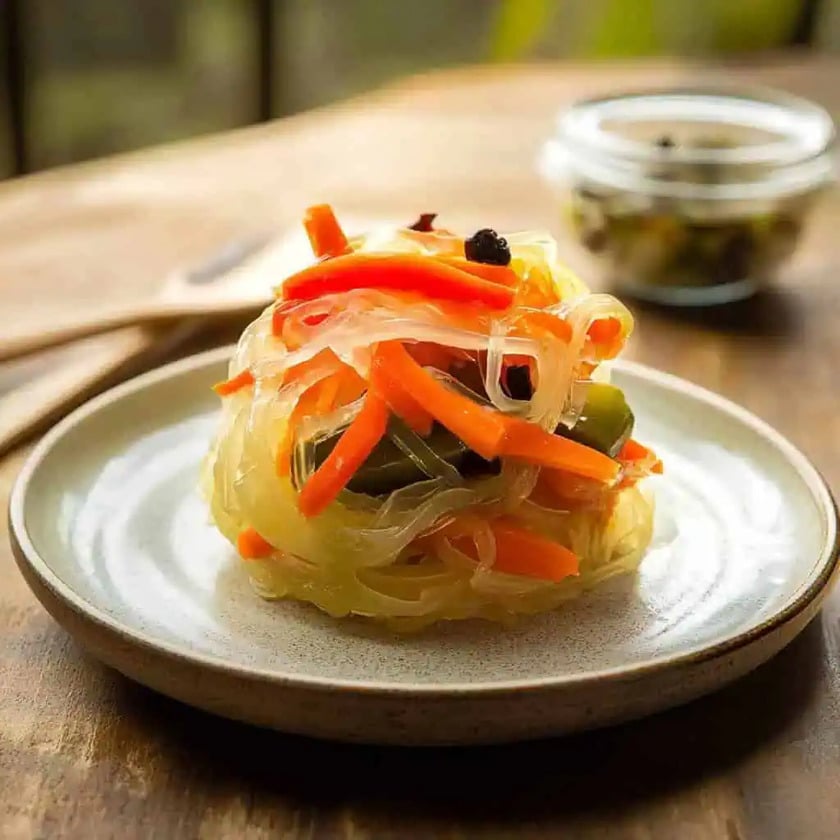
Atchara is an indispensable dish when served with fatty and rich Filipino dishes.
The above examples are just a small part of the vast treasure trove of fermented foods in Asia. Each dish is a testament to the endless creativity of human beings, transforming raw ingredients into works of art for the taste buds. The art of fermentation is not only a cooking technique but also a precious cultural heritage, shaping the identity of Asian cuisine and continuing to captivate generations of diners around the world.



































